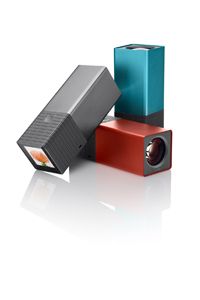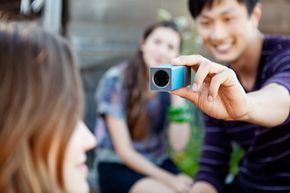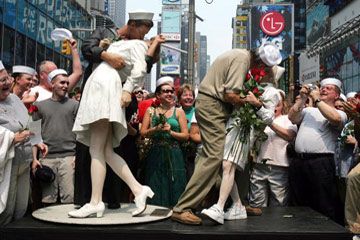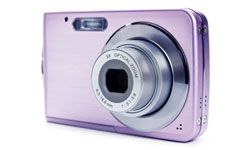Taking the perfect photograph is part art and part science. In the old days, when film was the only medium you could use, you had to make sure you had the right lens, lighting and type of film for the shot. As digital cameras took center stage, lens choice and lighting remained important. Equally as important was a familiarity with editing software. The right tools can help you adjust the color balance, contrast and other features of the image.
Even cameras for professional photographers have limitations. One of those is the focal point for any given photograph. Imagine you've set up a shot in which a tree branch is in the foreground and a person is posed in the background. You adjust your camera's settings so that the person in the background is in focus. The tree branch in the foreground isn't in focus, creating what you hope is an artistic image. You snap the photo.
Advertisement
Later, as you gaze upon your masterpiece, you have a nagging doubt in your mind. Maybe it would have been better to focus on the tree branch instead of the person posed in the background. Perhaps the ambiguity would have made the picture more intriguing. But you'll never know, because you can't alter the focus on a picture you've already taken.
The Lytro camera addresses this problem. It uses special lenses and sensors to capture all the light fields within the scope of a scene. When you take a picture with a Lytro camera, you're just getting started. With special software,, included when you purchase the camera, you can adjust the focal point of the image after you've already taken it. Switching from a foreground to background focus only takes a touch of your finger or click of a mouse.
How does it work? To really understand it, first we should look at how a traditional camera captures an image.
Advertisement




